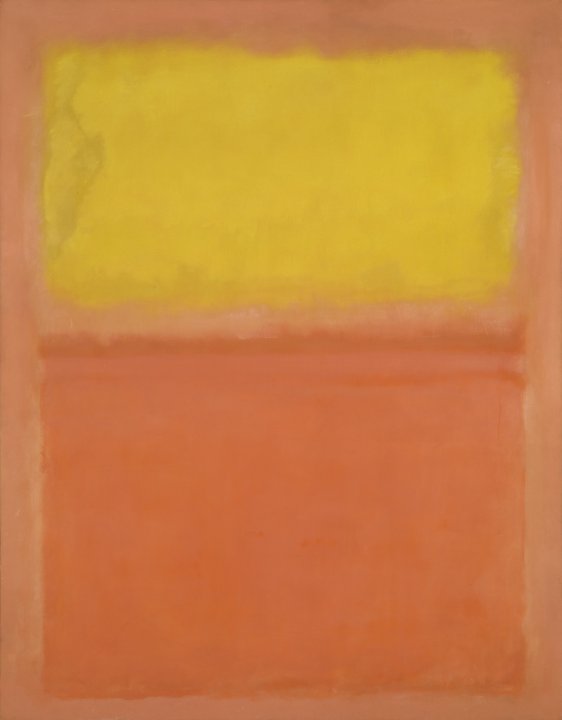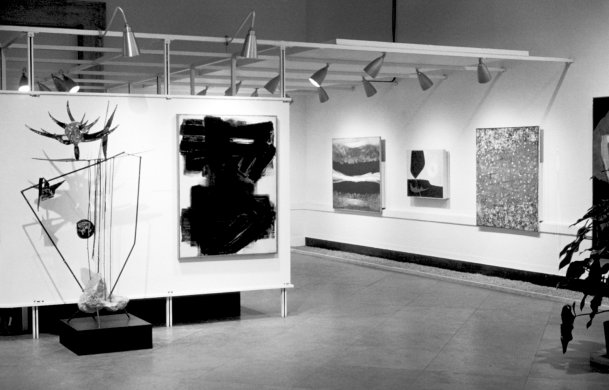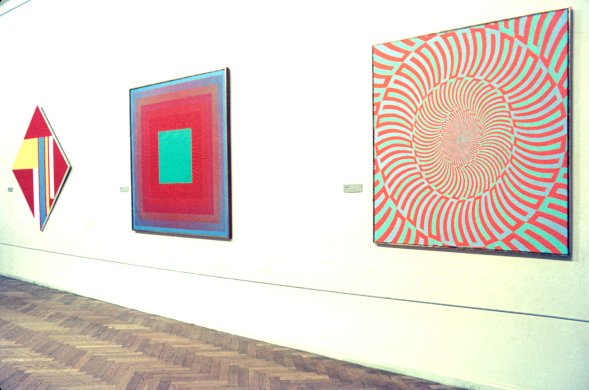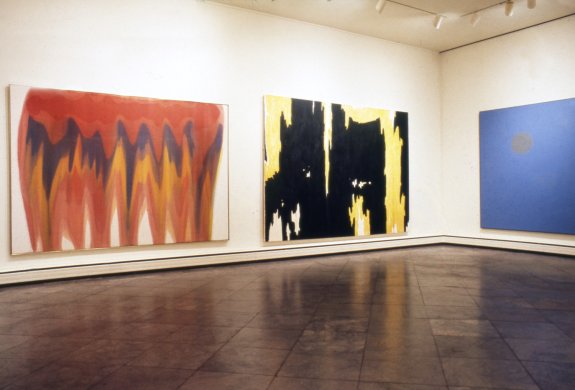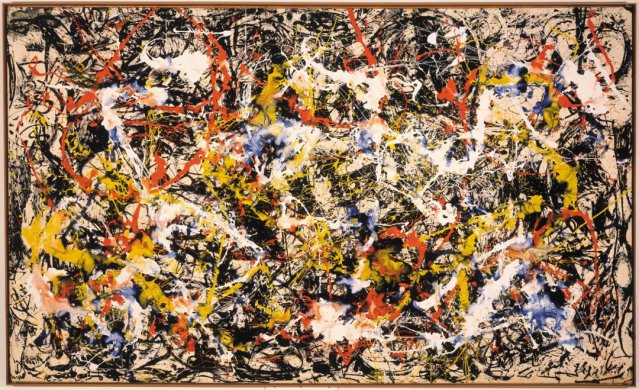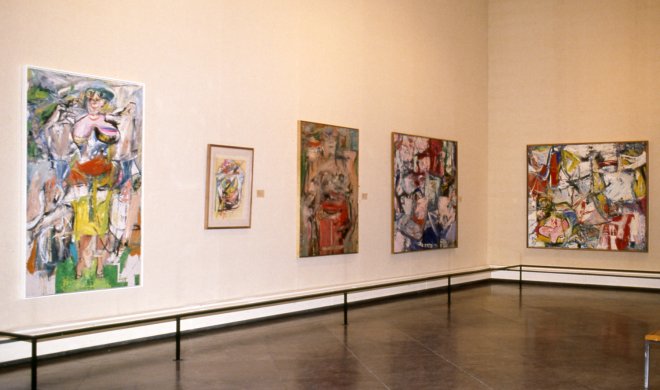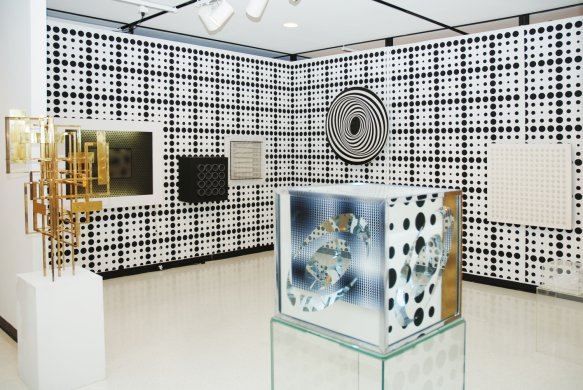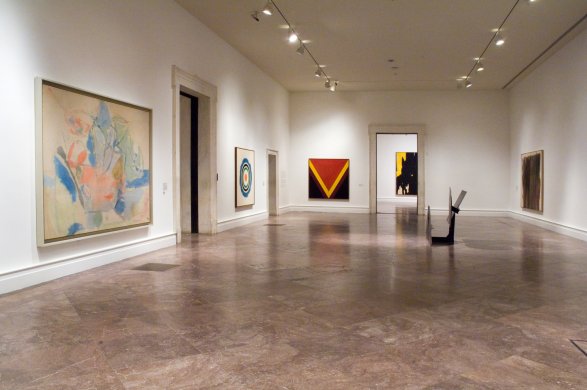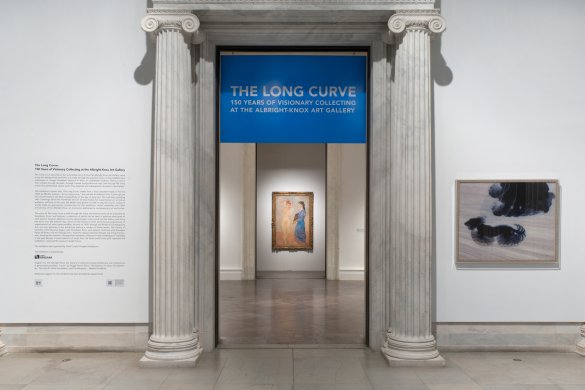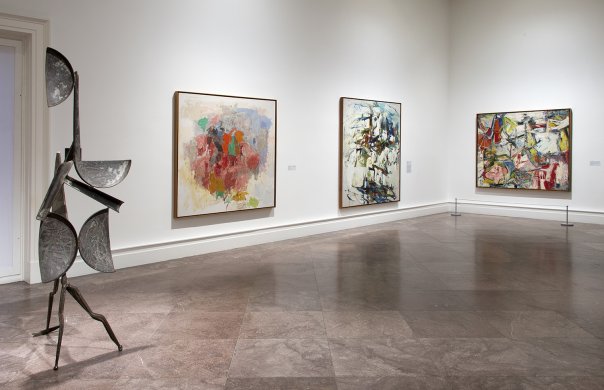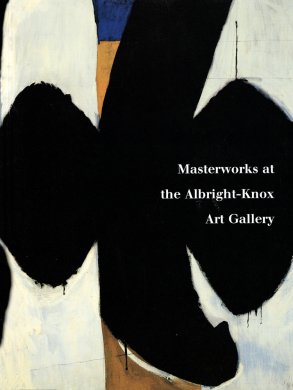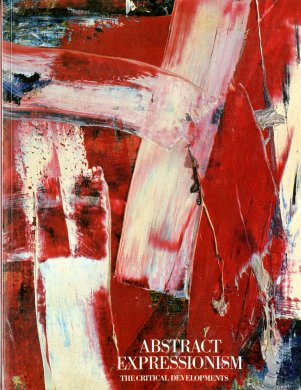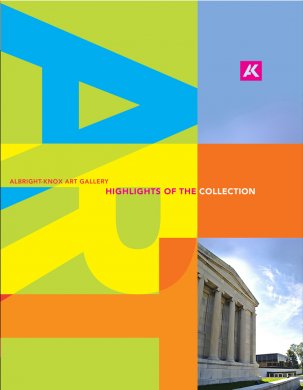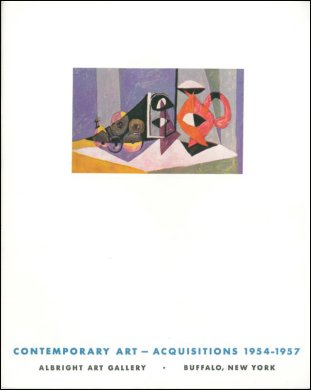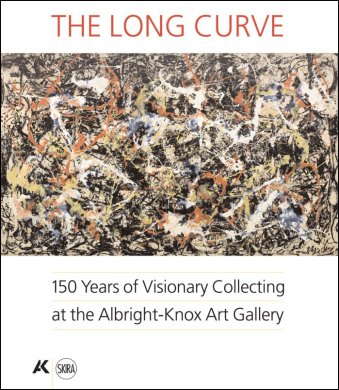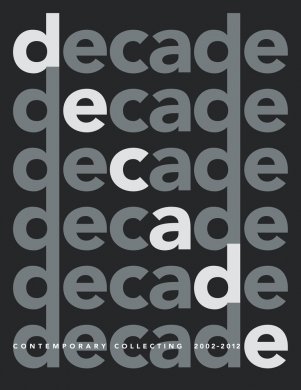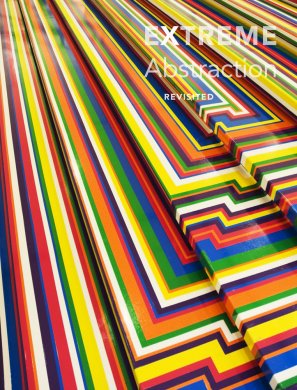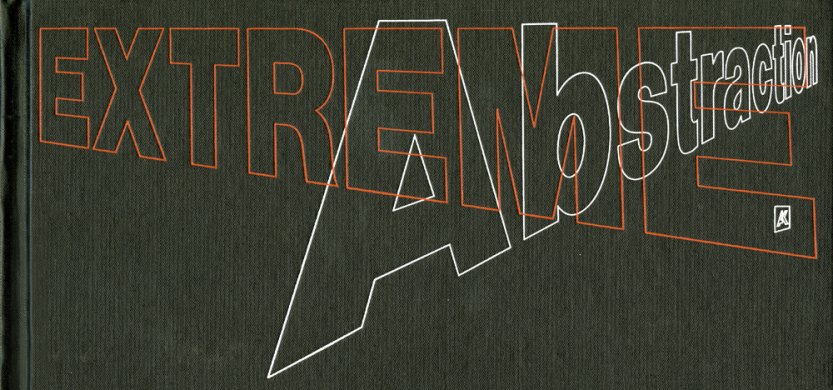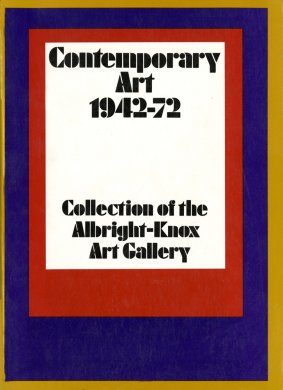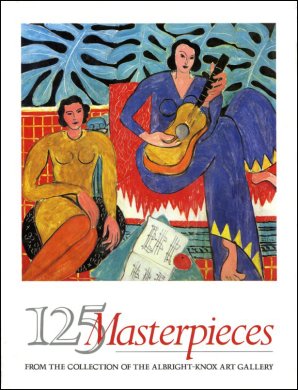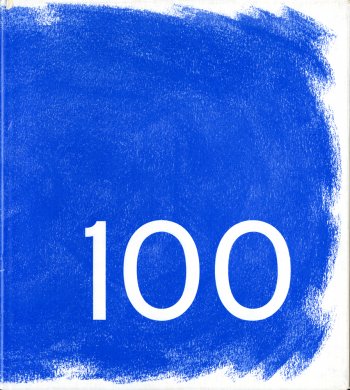Mark Rothko
American, born Daugavpils, Russia (now Latvia), 1903-1970
Orange and Yellow, 1956
Artwork Details
Currently on View
Collection Highlight
Materials
oil on canvas
Measurements
support: 91 x 71 inches (231.14 x 180.34 cm); framed: 93 1/2 x 73 1/2 x 3 inches (237.49 x 186.69 x 7.62 cm)
Collection Buffalo AKG Art Museum
Credit
Gift of Seymour H. Knox, Jr., 1956
Accession ID
K1956:8
At the end of the 1940s, following years of experimentation, Mark Rothko’s paintings became increasingly abstract. During this same time, his signature style also emerged: two or three rectangles set on a background that simultaneously divides them from one another while uniting them compositionally. However, the edges of Rothko’s forms are never distinct, which allows the eye to move seamlessly from one area to the next. He did not want viewers to think about him while experiencing his paintings, and he tried to remove evidence of the creative process. For example, he applied thin layers of paint with a brush or rag to an unprepared canvas, which allowed the pigment to soak in and become part of the surface. This layered wash of color achieved the effect of luminescence. Additionally, Rothko wanted to express emotion through his palette, which he saw as a door into another reality. As he explained, “The people who weep before my pictures are having the same religious experience I had when I painted them.”
